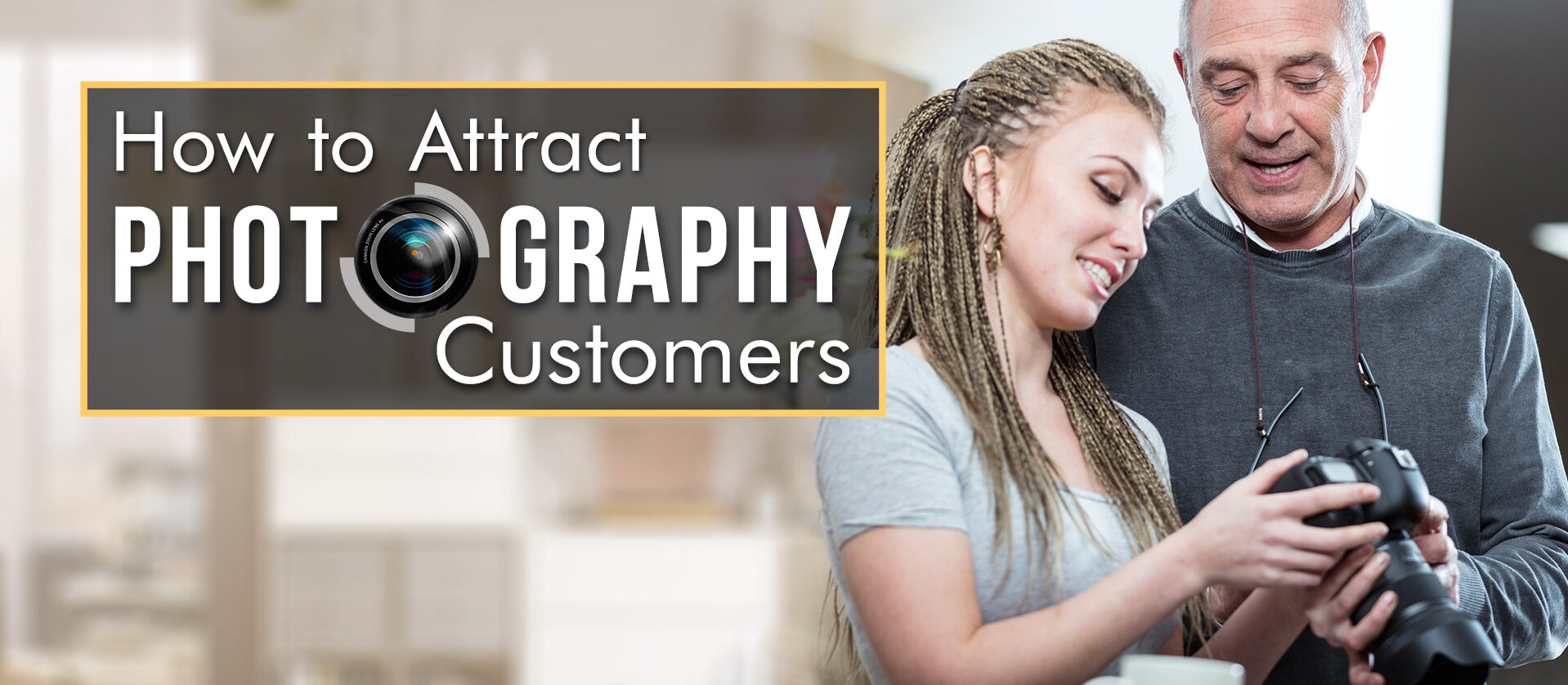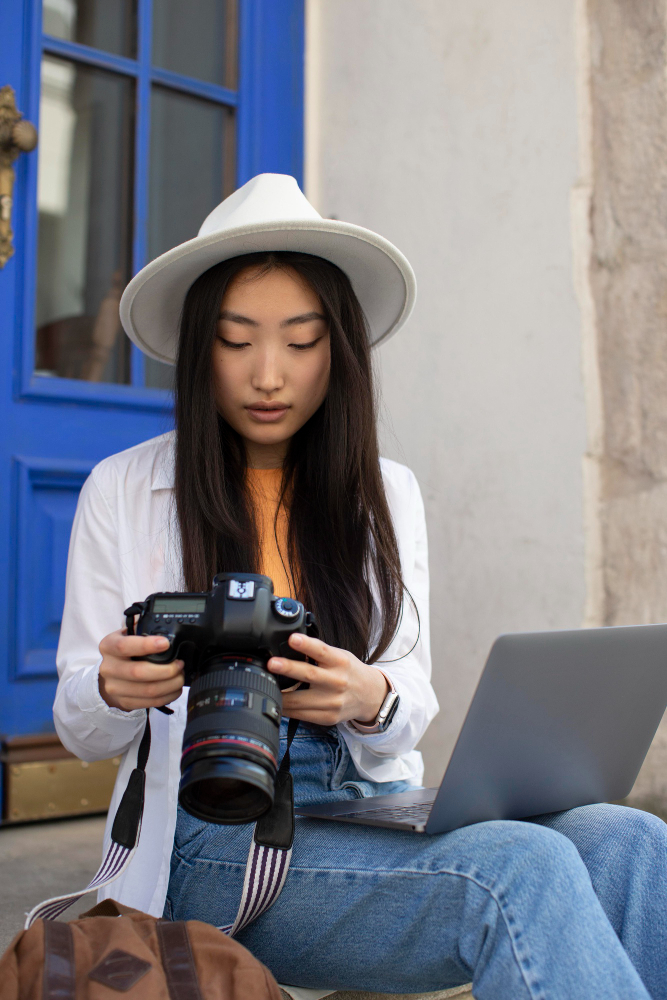 Everyone knows that taking a good photograph requires a good deal of technical knowledge. Camera settings, developing techniques, and with digital photography, software skill are all important skills in the trade. However, composing an image is about so much more than just technical skill. The photographer is an artist. A piece will be quickly forgotten unless it inspires personal thoughts and feelings. To achieve this, the artist must choose what to photograph, set up the scene, and process the photograph in a way that maximizes the intended effect.
Everyone knows that taking a good photograph requires a good deal of technical knowledge. Camera settings, developing techniques, and with digital photography, software skill are all important skills in the trade. However, composing an image is about so much more than just technical skill. The photographer is an artist. A piece will be quickly forgotten unless it inspires personal thoughts and feelings. To achieve this, the artist must choose what to photograph, set up the scene, and process the photograph in a way that maximizes the intended effect.
Digital photography gives the artist even more creative options to choose from. In order to get the most out of the newest forms of media, you should spend some time thinking about how color is utilized in your photographs. After all, computer manipulation is no substitute for filling your images with a rich and diverse blend of color in the first place. Colors do more than just look nice; they inspire specific emotions in the viewer. Manipulating colors can help you attain the specific effect you want in your image. After all, not all photographs look good in black and white. (Alternatively, some photographs only look good in black and white.) This is because color plays a big part in the mood inspired by a photograph. Humans have evolved to respond in special ways to specific colors. If you know what these reactions are, you can predict the effect of your digital photograph on the viewer. You can read more on this article about color palettes RGB.
Let’s start with the passive, introverted colors. These include many shades of blue, green, and purple. These colors are often found in nature and tend to inspire feelings of peace. Green trees, blue skies or water, and soft lilacs are examples of subjects that are considered beautiful because of their introverted colors. It is no accident that these are common colors for homes and furniture because of the restful feelings they inspire.
On the other hand, there are vivid, startling colors like red, orange, and pink that give the viewer a shot of adrenaline. These colors are energizing and extroverted. Berries, sunflowers, and roses are some examples found in nature of subjects with extroverted colors. Many birds and animals also have these bold colors. While not instilling the sense of peace associated with the introverted colors, bold colors are attention grabbing and memorable.
Combine these colors in such a way as to suit the desired mood of the piece. Green and blue will work well in images that are meant to be calming. A dash of hot pink will energize a photograph and add warmth. These do not, however, have to be used in isolation. Primary colors go well together even if some are introverted and some are energetic. For example, you could choose a yellow subject, like the sunflower or a lightning bolt, against a blue background, like water or the sky. The contrast between the two will ensure that the bright subject is not lost in the broad background. At the same time, you inspire both feelings of energy and calm.
Choose colors that flatter each other, unless your intention is specifically to invoke a jarring sensation. The combination of too many extroverted colors like red and pink can make the viewer uneasy. Isolate the subject with a bold color, and fill the rest of the scene with more passive, friendly colors. This comfortably draws attention to the main subject, while emits a soft sense of calm as well.To learn more about working with colour effectively in digital photography, see www.digitalphotographysuccess.com

